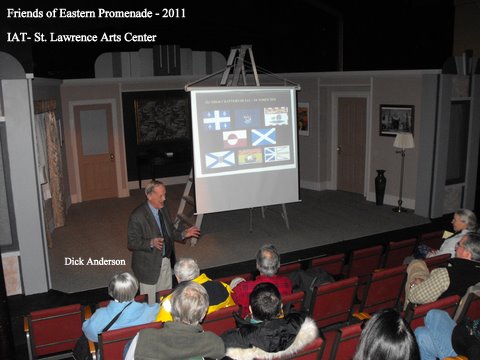The report below was written by Seth Levy. His friend the legendary long distance hiker, Ed Talone has begun his hike of the Eastern Continental Trail(ECT) . It will be great fun for all of us to follow his progress northward on this 5500-6000 mile hike.
Seth will provide us with regular updates.
For those of you that have driven the 7 Mile Bridge, you know that there is no sidewalk and the road is very narrow, so it is a real challenge.
You can find a rough map of the ECT at www.nimblewillnomad.com
"This Sunday, Ed Talone, former Trails Information Specialist at American Hiking Society, arrived on the mainland at Key West, FL, and began a 6,000+ mile trek north. The day before, Talone took a 68 mile boat ride to Dry Tortugas National Park, walked the length of the Park, spending the night, and took a 68 mile boat ride back to begin a multi-year trek of the ECT – the Eastern Continental Trail. By beginning further south than anyone before, Talone is adding a unique twist to a daring adventure. First hiked by John Brinda in 1997, the Eastern Continental Trail links the Florida National Scenic Trail, the Pinhoti Trail, and the Benton MacKaye Trail, the Appalachian Trail, and the International Appalachian Trail together into a massive network traversing the length of the East Coast. With thru-hikes of the Appalachian, Continental Divide, and Pacific Crest National Scenic Trails behind him – Ed must have felt compelled to begin the ECT in style.
As of 2 PM eastern 3/1/11, he is just past the 7 Mile Bridge, and stopped for a break in Marathon, FL. He’s at mile 49, feeling strong, and looking forward to hitting northern Maine by late fall 2011. True to the style he began in, Ed is planning a few variations on the “standard” ECT thru-hike, if such a thing exists. He is planning to explore rail-trail networks in northern Maine, and Prince Edward Island."
______________________
Update – 2/17/11, I spoke to Ed Talone, who is 30 miles north of Lake Okeechobee, and some 375 miles into this Eastern Continental Trail thru-hike. He’s been hiking along reclaimed lands bordering the Kissimee River, averaging some 20 miles per day, and feeling strong and healthy. It’s hot in Florida, and Ed is reluctant to drink even purified water out of the muddy Kissimee, so he’s carrying more than a gallon of water. Campsites have been fine, except for the occasional encounter with cattle! There are a huge volume of cows in the area. Since the beginning of his journey, Ed has crossed 151 bridges and 8 cattle styles."


